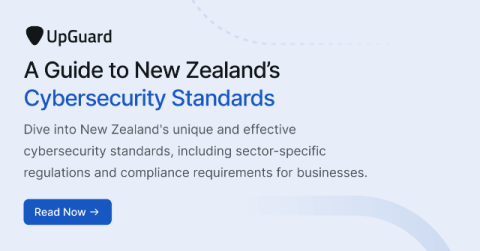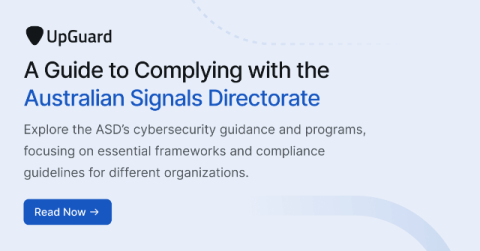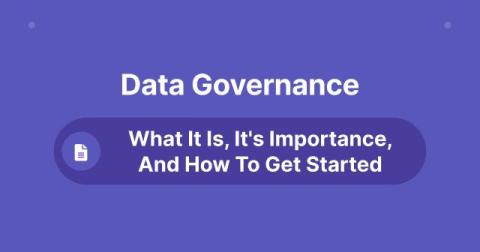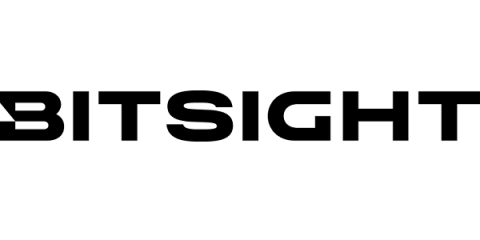FedRAMP vs. ISO 27001: How They Compare and Which Do You Need?
In the world of security, there are many different frameworks that may be relevant or important to your plans. We’ve talked a lot about FedRAMP, the federal government’s security framework, but it’s only one of many options. Others, from HIPAA to FISMA to SOC2, can all have their role. One of the biggest and most direct equivalents to FedRAMP is ISO 27001. What is it, how does it compare to FedRAMP, and which one should you use? Let’s talk about it. Table of Contents 1.











